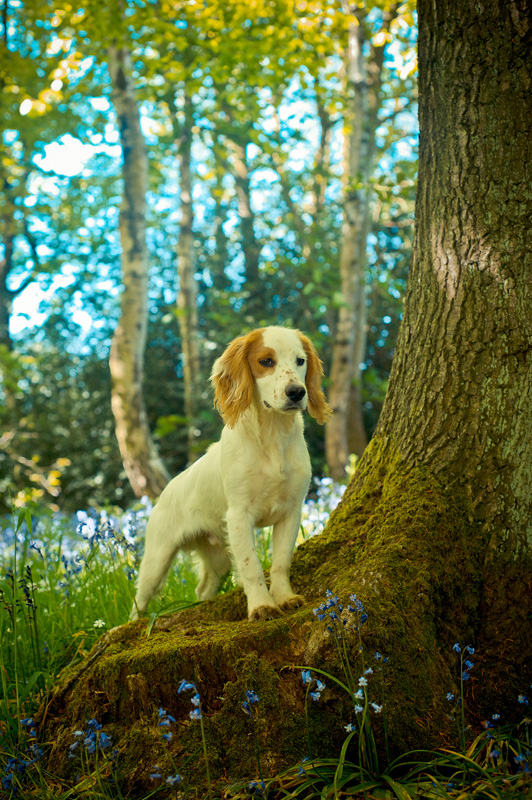Interactions between shelter dogs: some new research

When dogs at a shelter are housed in groups, it helps them engage in normal canine behaviours--and dominance does not explain them. By Zazie Todd, PhD Some animal shelters house dogs in pairs or small groups. This can enrich their lives, but it could also potentially be a source of stress if the dogs are not well-matched. A new paper by Irena Petak, of the University of Zagreb, Croatia, examines the communication patterns between dogs housed in groups. At the Dogs Trust in Salisbury, England, there is a sanctuary for long-term residents. There is a ‘mountain area’ with an artificial mountain and three kennels, and a tree area with grass and trees. There is also a small introductory pen for new dogs who are coming in to the sanctuary. The sanctuary is enriched with a sand box, tunnels through the mountain, ramps and toys for the dogs to play with. During the day, the dogs are allowed to run free in the enclosure, and at night the dogs can choose one of the three kennels to go



